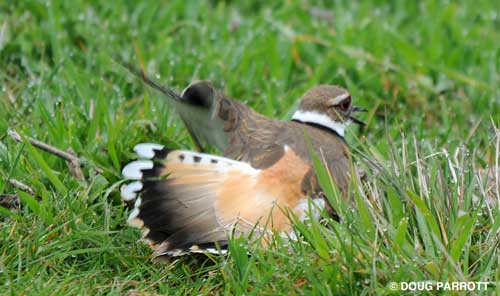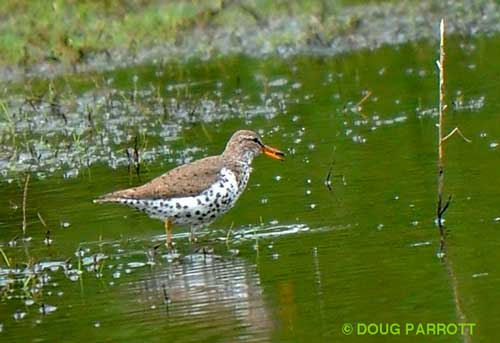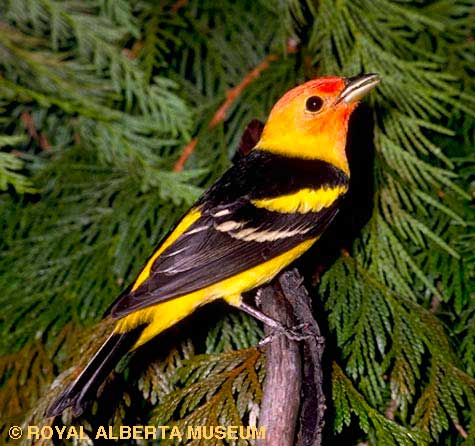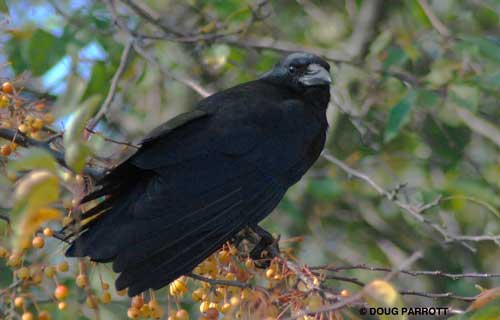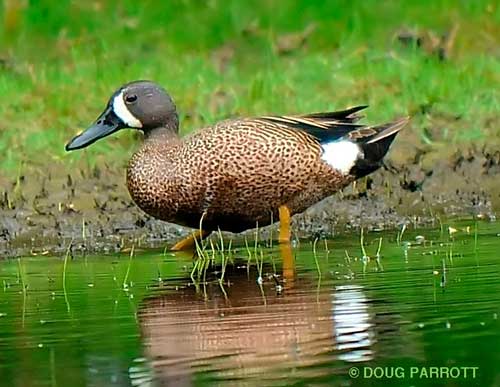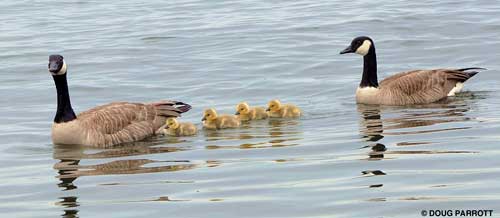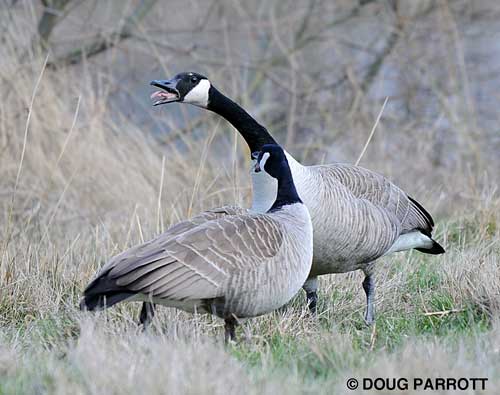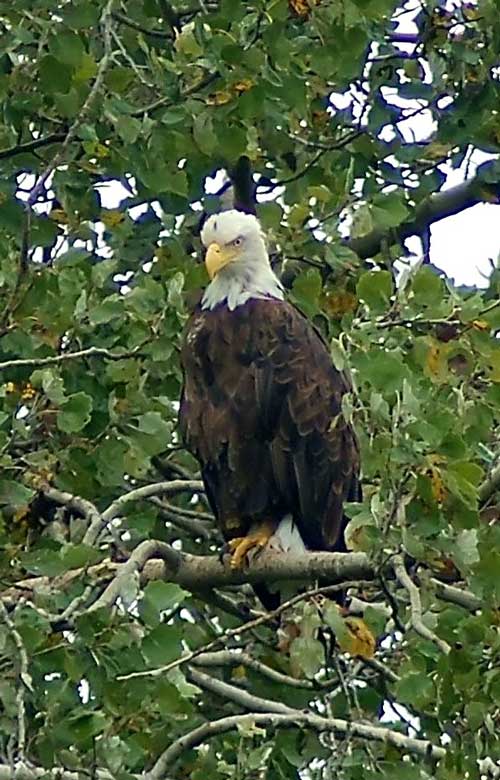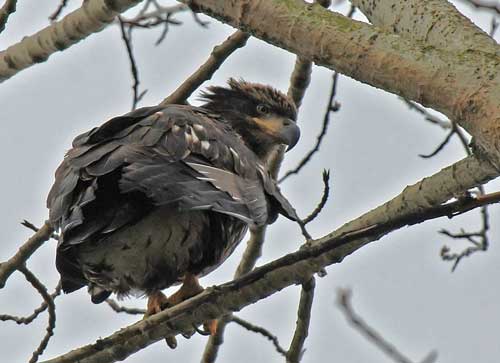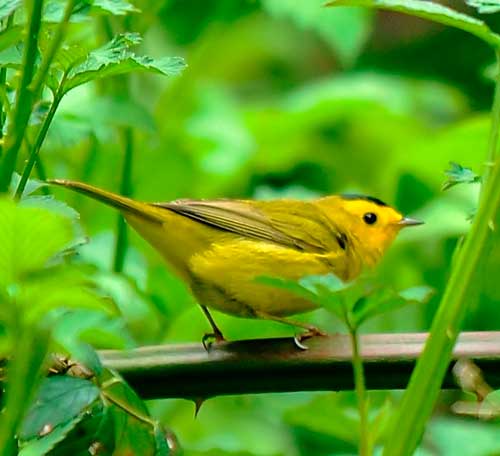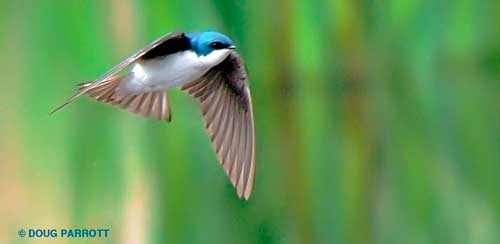The Killdeer was at it again in the Dime Lot yesterday – spreading out her tail and dragging herself pathetically along the gravel as though at least one wing and probably lots of other appendages were broken and useless. She looked like she was about to expire and provide me with a tasty meal of Killdeer Tartare.
It was all a scam, for as soon as she thought I was far enough away from her babies, she spread her perfectly healthy wings and tail and flew off, leaving behind only her shrill cries to mock my gullibility. She didn’t go far, though – only to the south end of the parking lot, where three miniature versions of herself popped out of the grass and began to hunt for insects. They were so tiny but had such long legs they looked like Killdeers on stilts. They were inexpressibly cute.
The Killdeers as a whole have done remarkably well this year. One pair hatched out a batch of babies at East Point and seem to be working on another batch in the field nearby. But it is along Douglas Road, leading into the Dime Lot (or E-5), that the Killdeers have really flourished. I saw at least two nests earlier in the year, scratched out in the gravel that slops from the road into the grassy verge. I think the locations were ideal. The grass hid the nests from the view of the crows, who prey on both eggs and babies, and when the chicks were ready to roll, they had convenient amounts of insects supplied by the proximity of the marshes that line the east side of the road.
The Fill is beautiful and healthy-looking right now, with the tall grasses flowing in the breeze and birds swirling in the sky. But it is breeding success that for me really defines the health of an ecosystem. By that measure, the Fill is bursting with life.

